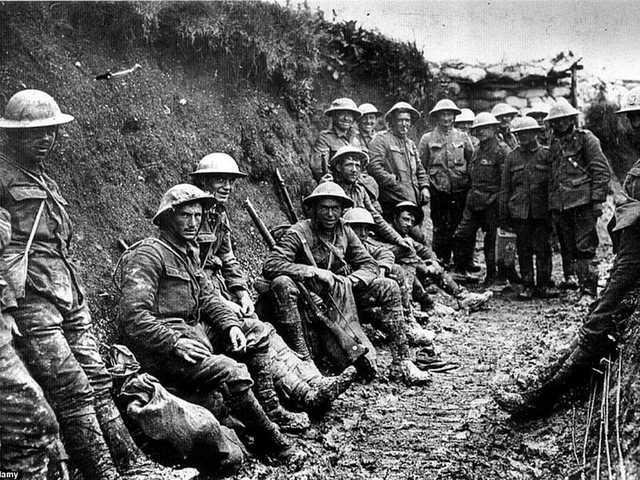See more photos and read about it in the November 15, 2018 issue of The Richland Observer.
State's role in WW I




See more photos and read about it in the November 15, 2018 issue of The Richland Observer.